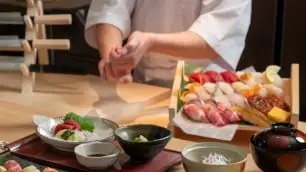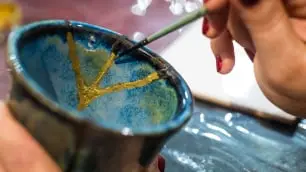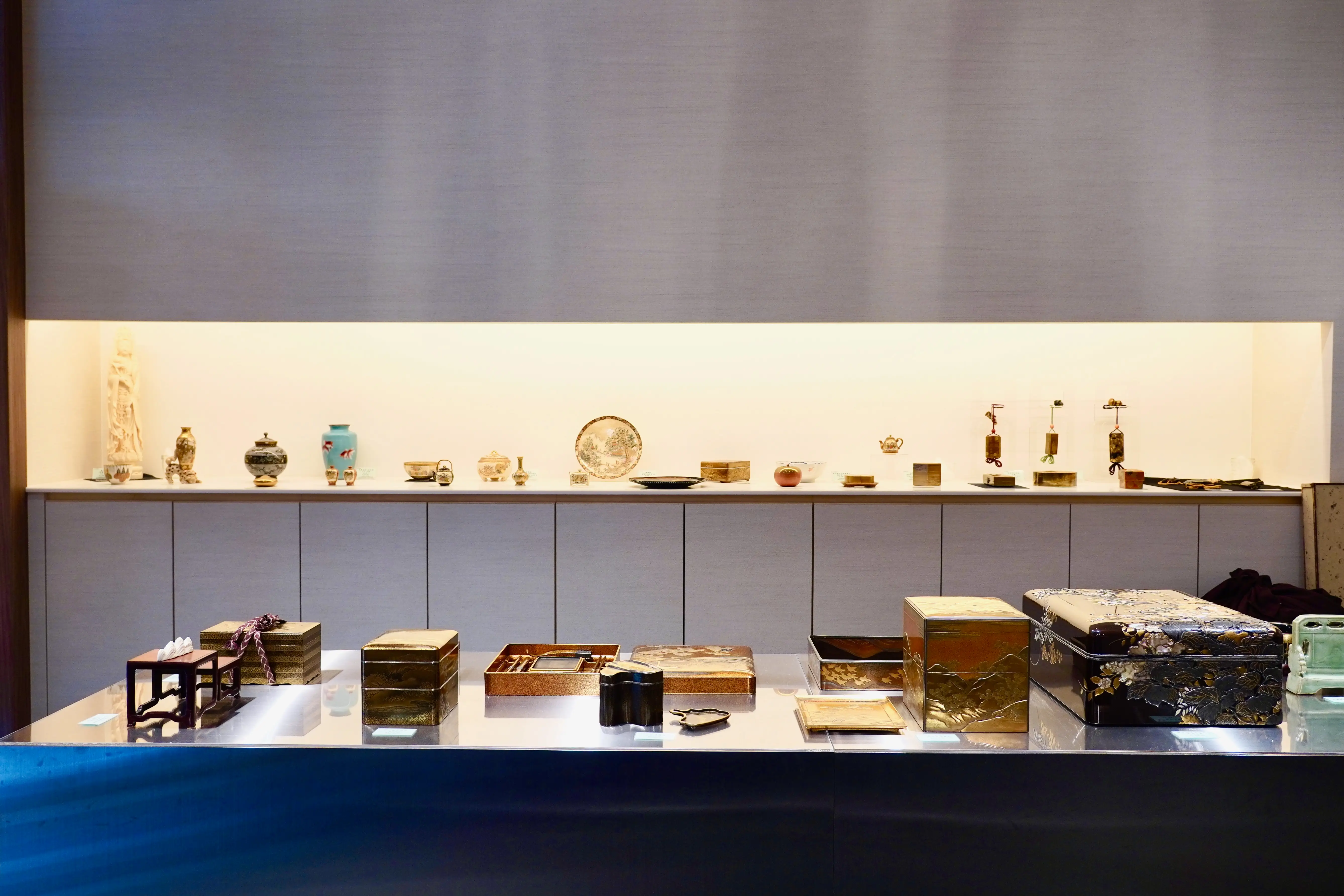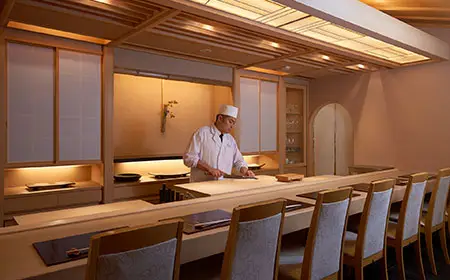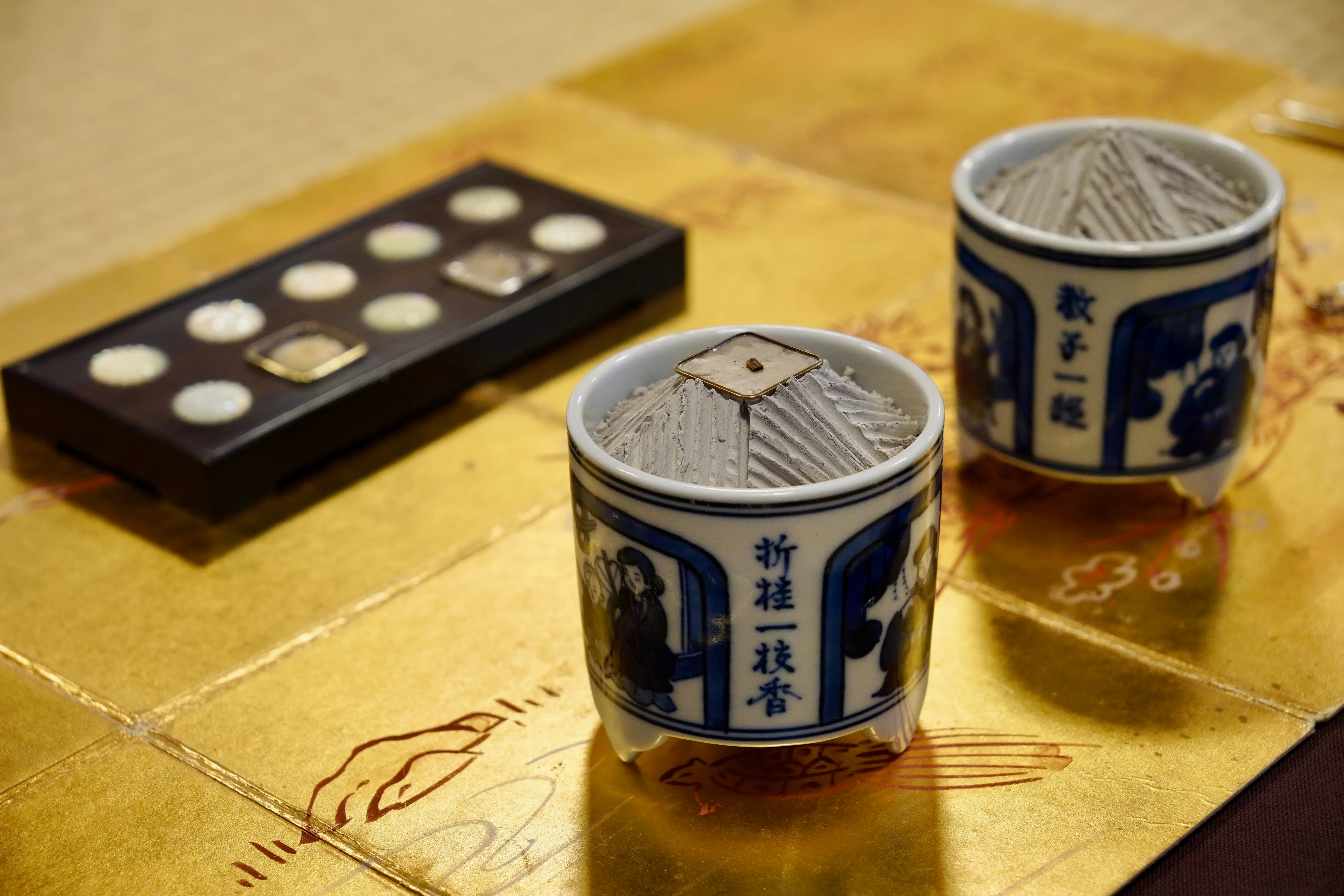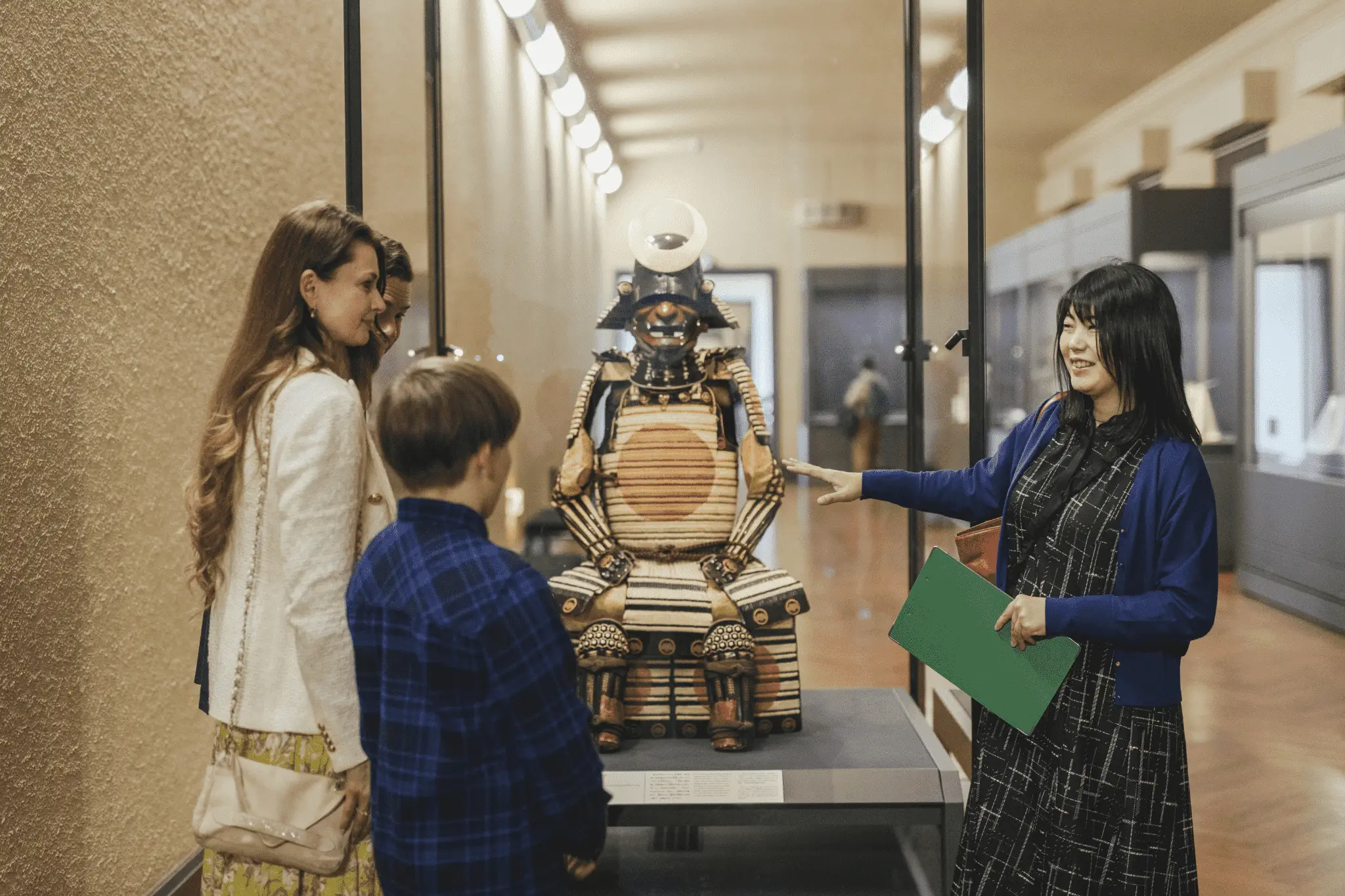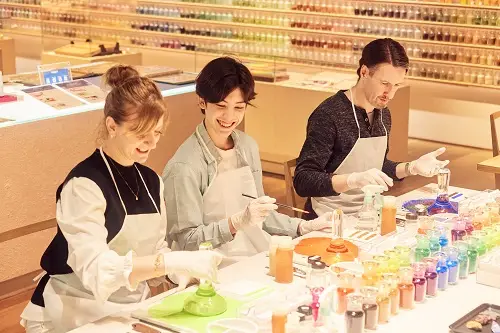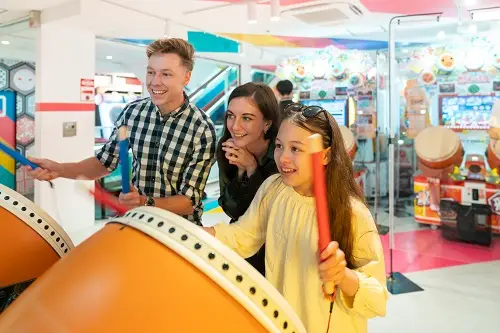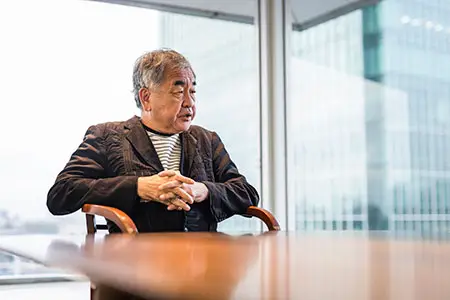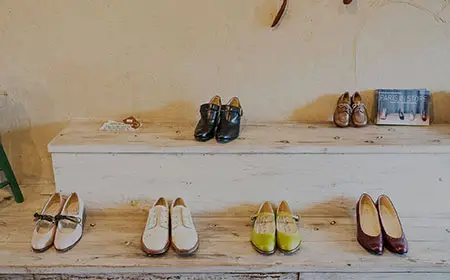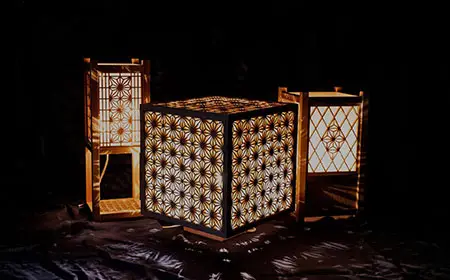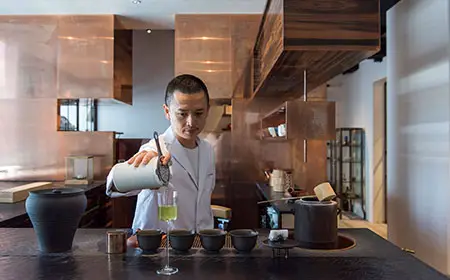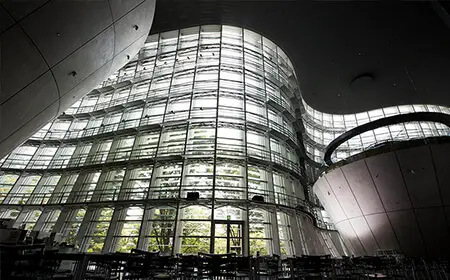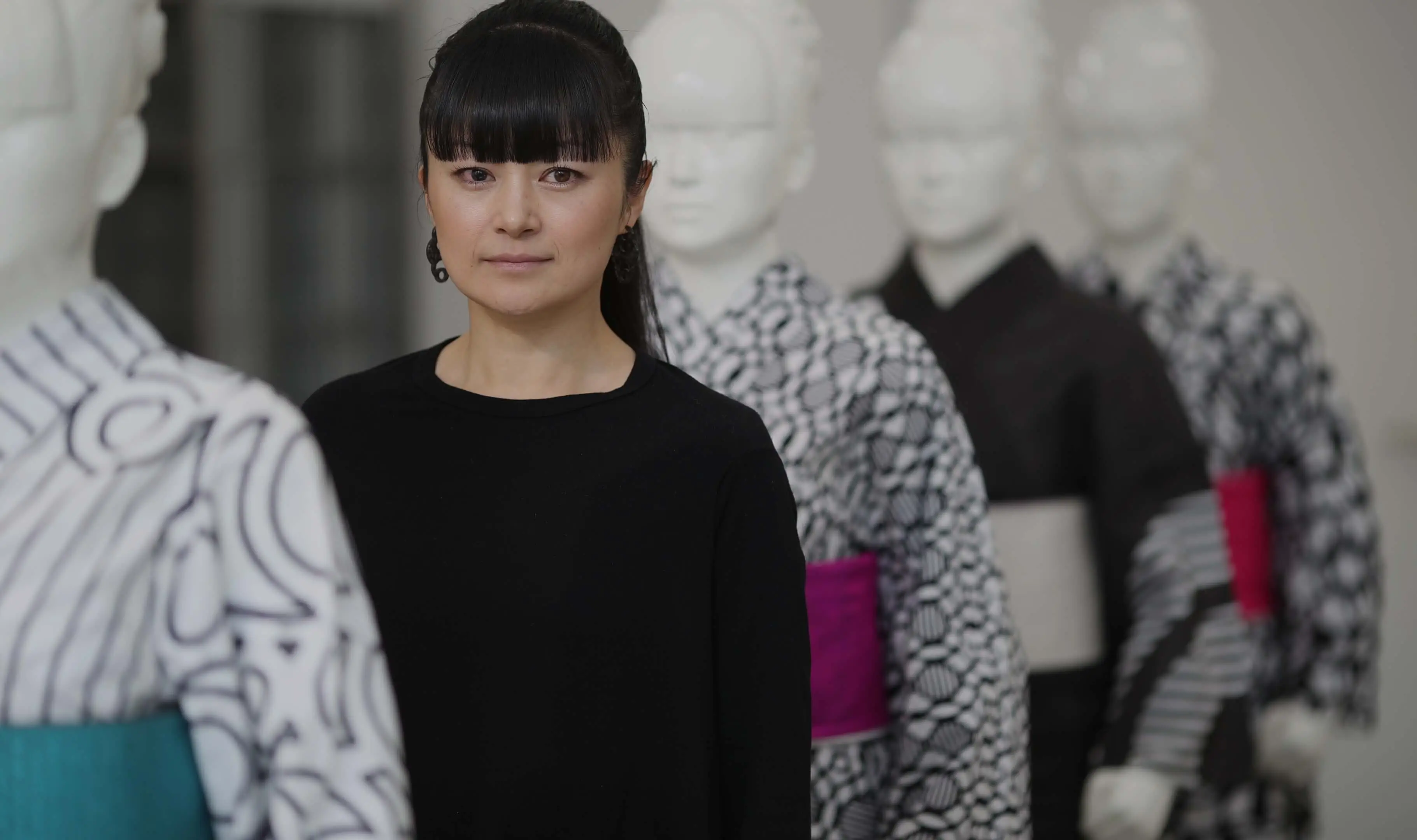
RETAINING TRADITIONS WHILE GO BEYOND TRADITIONS
The kimono–a symbol of Japanese beauty and tradition – is continuing to evolve through the work of contemporary artisans. At a bright, airy boutique in Tokyo, HIROCOLEDGE reimagines the kimono for modern life with vivid designs based on timeless motifs.
The kimono, a traditional Japanese garment, is made of about 12 meters of cloth sewn with little or no waste. It is a very rational garment that can be passed down for generations to wear, as it is sewn by hand, making it easy to unravel the threads and re-tailor it. It is said that about 150 years ago, as Japan rapidly modernized, people embraced new changes in their fashion, combining kimonos with western morning coats and hats. This evolution has stopped as the kimono is now worn as formal, traditional attire rather than everyday clothing. However, the best part of the kimono experience in culture center Tokyo is encountering modern artisans dedicated to continuing the evolution of the kimono world in an innovative way.
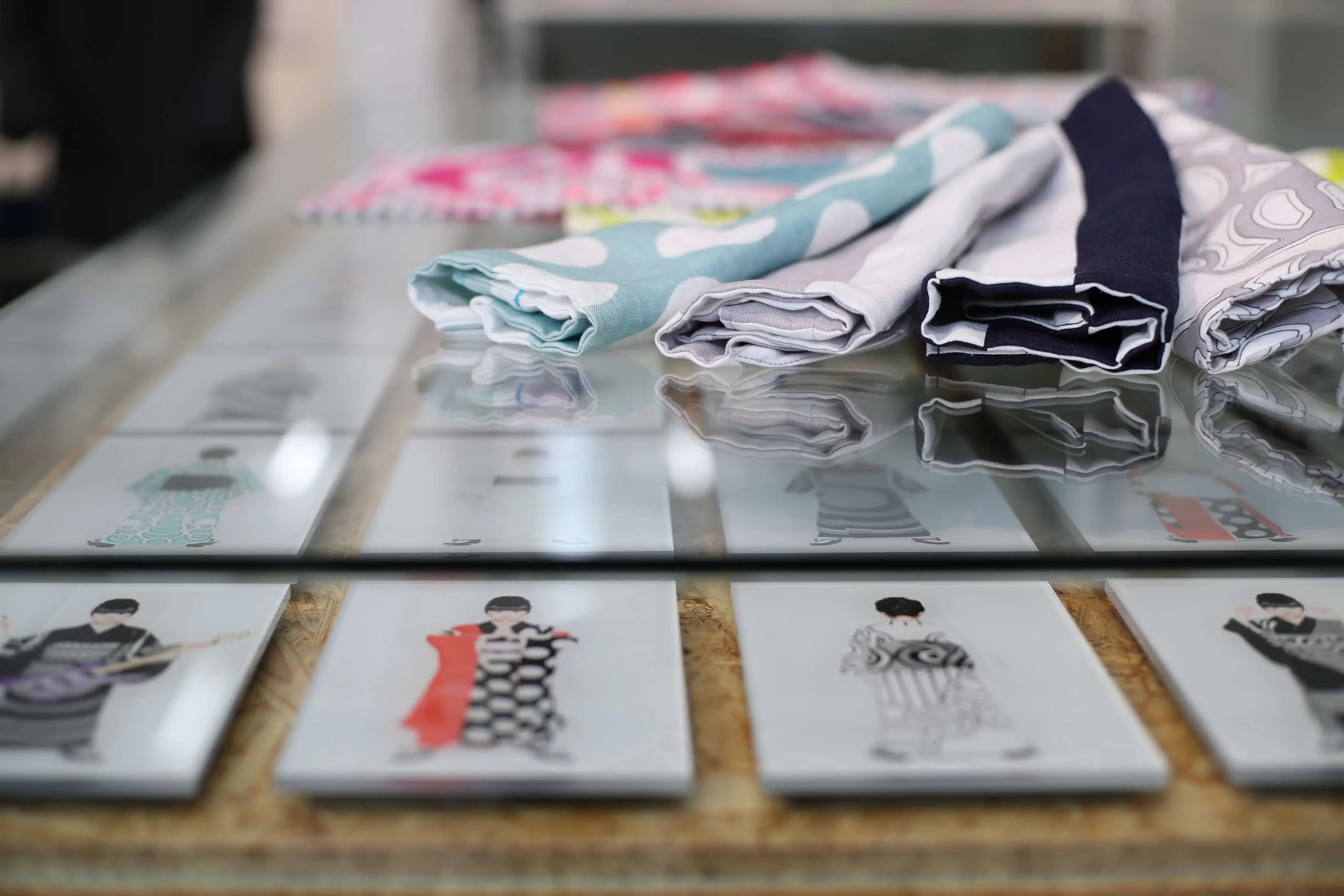
In modern-day Tokyo, where a wide range of fashion is enjoyed, artist Hiroko Takahashi reconstructs kimonos, not as traditional clothing but as contemporary fashion. Her kimonos have gained worldwide attention and take private orders from overseas celebrities. Her work is also in the permanent collection of the Victoria & Albert Museum in London. The patterns that Takahashi creates are composed of only circles and straight lines. “We are pursuing infinite possibilities that arise from constraints. Circles and straight lines are motifs that have been used across regions, cultures, and periods of time. Using kimono—a symbol of our traditional culture—as a medium of expression, we aim to gain attention and overturn the stereotypes of the world. Through sustainable, rational kimonos and our minimal expression, we would like to convey the message that in today's world where things are easily made available, life can be enjoyed without asking for much. I hope that this becomes the catalyst for people to discover Japan’s lean monozukuri (manufacturing).”
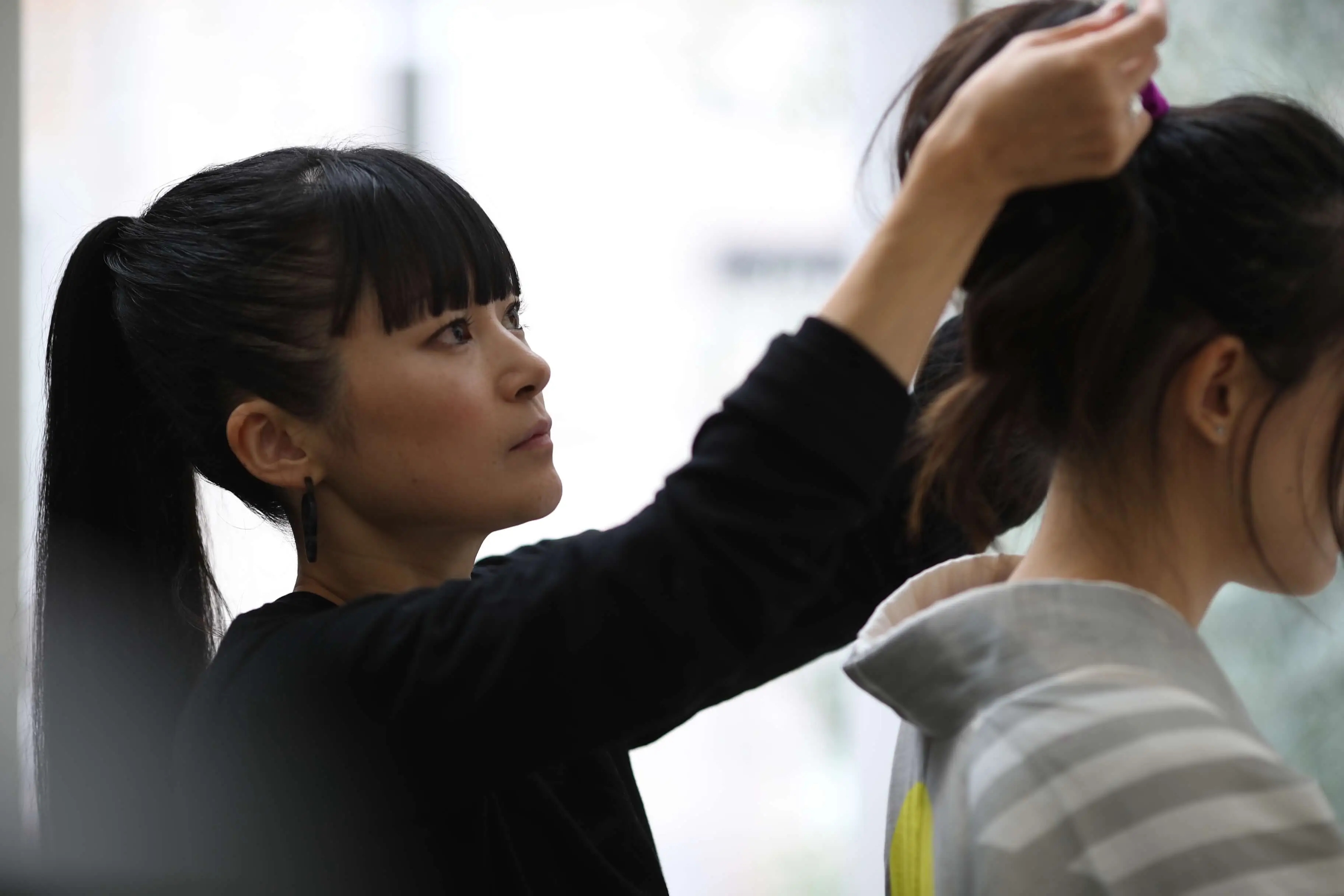
Takahashi runs her HIROCOLEDGE brand from a modern, stylish shop and atelier designed by a renowned architect, which stands out in a local neighborhood. The 50-year-old former factory provides a spacious interior that has been completely renovated. When a kimono or yukata (summer kimono) is purchased, measurements are taken here and custom made. “Our methods are not limited to traditional techniques. We also incorporate the latest technology when necessary in making our products. I hope to create new Japanese clothing that inherits the rationality of the kimono and the spirituality that can be felt from it. I also believe that clothing, food, and shelter evolve by influencing one another. I want to make not just clothes, but anything related to everyday life.” Her range of work extends beyond the Japanese Wa trend, fitting into a new genre of modern living.







